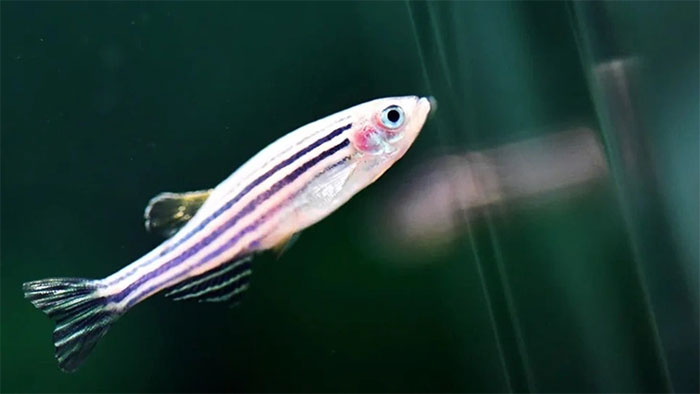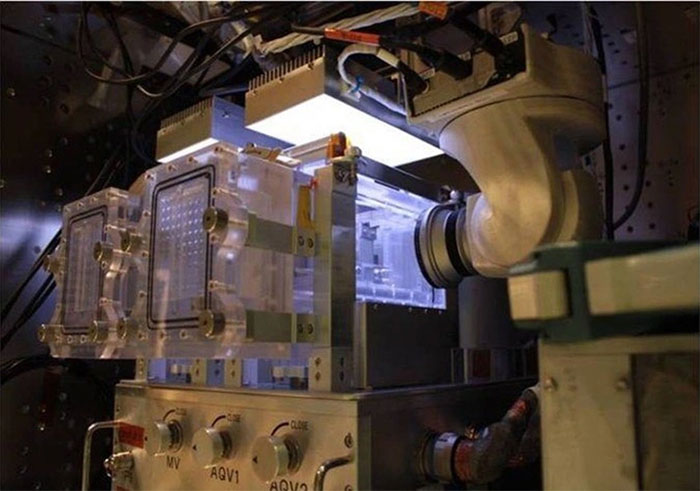How did the fish sent into space by China adapt?
Sending four zebrafish into space is part of an experiment on the development of vertebrates in a microgravity environment, according to phys.org on May 27.

Zebrafish in the swimming pool of a research institute in Wuhan city, China - (Photo: Getty Images).
Although the fish are still doing well, they are showing some signs of disorientation.
Astronauts on the Tiangong station have reported fish swimming upside down, backward and spinning, suggesting that microgravity is affecting their spatial awareness.
Zebrafish were brought to Thien Cung station by ship Shenzhou 18 along with a batch of waterweed plants on April 25. The aim of the project is to create a self-sustaining ecosystem, studying the effects of both microgravity and radiation on the development and growth of these species.

The underwater habitat (AQH) facility at a Japanese Space Agency facility allows fish research on the ISS - (Photo: NASA).
Zebrafish is a freshwater fish of the carp family, native to South Asia and a popular aquarium fish.
Zebrafish were chosen as the test subject because of their short reproductive and developmental cycles and their fully sequenced genome. In addition, transparent fish eggs allow scientists to study their development effectively and quickly.
At the same time, their genetic structure has similarities with humans, which can provide insights related to human health.
Observing well-studied fish species on Earth grow and adapt in microgravity helps us better understand the life and development of vertebrates when exposed to harsh environments. this harshness.
Astronauts on the Tiangong station still sample food and water regularly while cameras allow them to monitor the zebrafish's habitat.

Developmental stages of zebrafish - (Photo: phys.org).
This is not the first time zebrafish have traveled to space. Since 2012, a Japanese research project has sent medaka and zebrafish to the International Space Station (ISS) to study their habitat.
The results showed that the fish's bone density decreased within just 10 days. Astronauts are similarly affected, but not as quickly, and they can minimize the effects through rigorous exercise.
Zebrafish were also sent to the Soviet Union's Salyut 5 space station in 1976.
The health and sustainability of animal life in space is an important area of research for human spaceflight efforts. If humans must undertake long missions in space, such as going to Mars, understanding the biological implications of space travel is very important.
These zebrafish are the latest in a series of experiments conducted in this urgent area of research.
- Strangely, fishes like to walk on land
- There is a fish that lives on ... trees
- Humans must adapt if they want to survive
- Fish die mass in China
- China speeds up space
- By 2022, China will have the first international space station
- Discovered the world's oldest 244 million-year-old bony fish fossil in China
- China discovered a new species of extremely rare fish that lives in underground rivers in caves
- Found strange fish in China
- Nearly 100 tons of fish died from chemical contamination in China
- The mystery of the strange South American fish that lives without water
- China plans to build a new space station
 Animal 'suffering' after hibernation
Animal 'suffering' after hibernation Why do goats climb well?
Why do goats climb well? Scientists were surprised to see chimpanzees eating turtles
Scientists were surprised to see chimpanzees eating turtles Giant catfish died deadly due to drought in Thailand
Giant catfish died deadly due to drought in Thailand